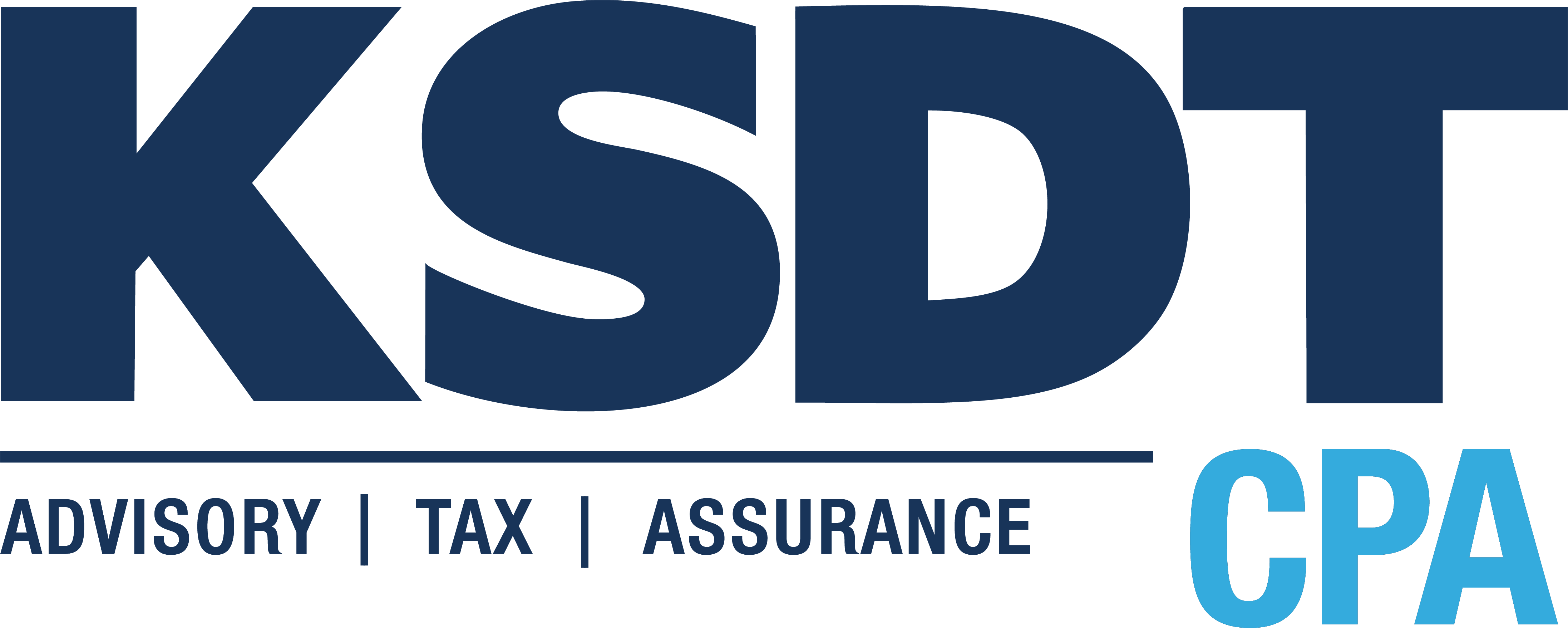Large companies often face unique challenges when it comes to managing their employee benefit plans, particularly self-funded plans. These companies, operating on a global scale, must navigate a complex landscape of risks associated with their self-funded healthcare plans. In this article, we will explore the intricacies of managing global risks in self-funded plans for large companies and discuss strategies to mitigate these risks effectively.
Understanding Self-Funded Plans
Self-funded plans, also known as self-insured plans, are healthcare benefit programs where the employer assumes the financial risk of providing healthcare coverage for its employees. Unlike traditional fully insured plans, self-funded plans give employers greater control over plan design, cost management, and claim data. However, with this control comes the responsibility of managing the inherent risks involved.
Global Risks in Self-Funded Plans
Regulatory Compliance
One of the primary challenges for large companies with global self-funded plans is ensuring compliance with various international regulations. Each country may have its own set of rules and requirements regarding healthcare coverage, claims processing, privacy laws, and reporting obligations. Employers must navigate this complex regulatory landscape to avoid penalties, fines, or legal issues.
Currency Fluctuations
Operating in multiple countries exposes companies to currency risks. Fluctuations in exchange rates can impact the financial stability of self-funded plans. For example, if a company’s home currency strengthens against the local currency of a subsidiary, it may result in higher claim costs when converted back to the home currency. Effective risk management strategies need to be in place to mitigate the adverse effects of currency fluctuations.
Varied Healthcare Systems
Global self-funded plans must accommodate diverse healthcare systems across different countries. The structure, quality, and cost of healthcare services can vary significantly, leading to disparities in claim expenses. Understanding these variations is crucial for assessing the financial risks associated with each location and developing appropriate benefit designs and cost-sharing mechanisms.
Employee Mobility
Large multinational companies often have employees who frequently travel or relocate across different countries. Employee mobility introduces additional risks in managing self-funded plans, as healthcare
needs and costs may differ based on the country of residence or travel. Ensuring seamless coverage and managing claims for mobile employees can be complex and require robust administrative systems.
Cultural and Language Barriers
Operating in a global environment means dealing with diverse cultures, languages, and communication styles. Effective communication is vital to ensure employees understand their benefits, how to access healthcare services, and submit claims correctly. Language barriers and cultural differences can hinder effective plan management, leading to misunderstandings, claim denials, or inefficient processes.
Mitigating Global Risks in Self-Funded Plans
Partnering with Global Insurance Carriers
Large companies can collaborate with global insurance carriers with expertise in managing international self-funded plans. These carriers have in-depth knowledge of local regulations, healthcare systems, and risk management strategies. By leveraging their expertise, employers can ensure compliance, gain insights into regional risks, and implement effective risk mitigation strategies.
Robust Data Analytics and Reporting
Implementing robust data analytics and reporting systems is critical for managing global risks. By consolidating claim data from various locations, employers can gain insights into cost drivers, identify trends, and evaluate plan performance. These insights enable proactive risk management, such as adjusting benefit designs, negotiating contracts with healthcare providers, and implementing cost containment measures.
Global Compliance Teams
Establishing dedicated global compliance teams is essential for navigating international regulatory complexities. These teams should have expertise in local regulations, privacy laws, and reporting requirements. They can provide guidance on plan design, manage compliance audits, and ensure adherence to all legal obligations. Collaborating with legal and regulatory experts in each country can help mitigate compliance risks effectively.
Employee Education and Support
To overcome cultural and language barriers, companies should invest in employee education and support programs. Clear communication materials, translated into local languages, should be provided to employees to help them understand their benefits, claim procedures, and healthcare network access. Utilizing technology solutions, such as mobile applications or online portals, can facilitate easy access to information and streamline claim submission processes.
Risk Hedging Strategies
Companies can employ risk hedging strategies to mitigate the impact of currency fluctuations. These strategies may involve using financial instruments, such as currency forwards or options, to hedge against adverse exchange rate movements. Collaborating with financial advisors or risk management consultants can help develop customized hedging strategies aligned with the company’s risk appetite and financial goals.
Large companies with global self-funded plans face a myriad of risks that require careful consideration and proactive management. By understanding the unique challenges associated with global self-funded plans, employers can implement strategies to mitigate these risks effectively. Partnering with global insurance carriers, leveraging data analytics, ensuring compliance, providing employee support, and implementing risk hedging strategies are essential components of a comprehensive risk management approach. With diligent risk management practices in place, large companies can safeguard the financial stability of their self-funded plans and ensure quality healthcare coverage for their global workforce.
Kevin N. Fine, MHA, MSM leads the KSDT-CPA Advisory team. He advises companies, investment firms and executive leadership on operations, strategy, and business process improvements. Any questions, do not hesitate to contact him at: kfine@ksdt-cpa.com.


